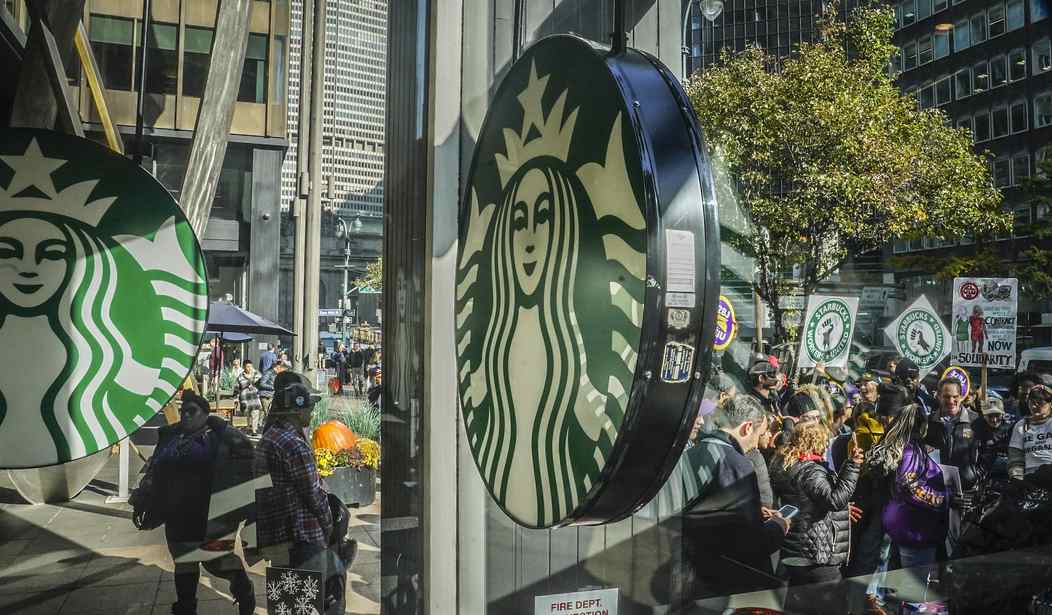It takes a lot more time to order a much more expensive drink at your typical Starbucks. Customers are starting to notice, and the Wall Street Journal reported last week that new CEO Brian Niccol has "his work cut out for him" to restore the firm's sagging share price and win back customers who say that the price of a half-double decaffeinated half-caf with a twist of lemon is no longer "a deal in any sense of the word."
Maybe Niccol should look to a pizza chain for inspiration, but stick a pin in that thought for just a moment.
Niccol was brought in earlier this month to replace Laxman Narasimhan, who didn't even last two years as the company's chief executive officer. Narasimhan proved ineffective at fighting the trends working against the chain like high prices and changing customer habits. China was supposed to be the next big growth market but, in the previous quarter, "same-store sales plunged 11% with an 8% decline in the average order."
Complicating things further is the Russo-Ukraine War and the resulting sanctions. Starbucks ended up selling all its Russian outlets to a local rapper. As Dave Barry would say, I swear I'm not making this up.
And those prices? I bristled a bit before upgrading my Barista Prima Italian roast K-Cups (then about 50 cents a cup) to Illy's Iperespresso capsules at about 72 cents each. But the WSJ reports that a cinnamon dolce latte at Starbucks is $7.10? I don't even know what that is!
It was unknown to me until reading that Wall Street Journal report that there are "at least 170,000 different ways to customize" your Starbucks order. If Niccol wants to bring costs down, a little less variety might go a long way.
Recommended: A Funny Thing Happened When Don Lemon Went Looking for Kamala Harris Voters...
Starbucks might also take a lesson from Domino's Pizza.
It's been almost 15 years since the giant pizza chain went public with its Come to Cheeses Moment over the quality of its food. Domino's had built its brand on easy ordering and fast delivery. "30 minutes or it's free" was the chain's boast until safety got the upper hand. But by then, customers were hooked. But they were hooked on the convenience, not on the pizza.
"This is a company," CEO Patrick Doyle said at the time, "that had built the whole brand around fast and reliable delivery, and … we realized that everyone in the world who wanted fast, convenient pizza was already buying from us, and the people who wanted a great pie simply were not."
Here's what Domino's did next:
Domino's actively sought feedback through its Tracker app, and encouraged customers to upload photos in its "Show Us Your Pizza" campaign.
And then it shared some of that feedback in national ads and on an uncensored — except for profanity — Times Square video billboard.
Like, "Microwave pizza is far superior." Like, "Worst excuse for pizza I've ever had." Like, "The taste of its crust is like cardboard," one the company said it heard "over and over and over."
"Domino’s has recaptured the hearts of its customers, and its investors," Customer Think reported in 2016.
Going public was the key to Domino's success. They made the process transparent and won new customers without alienating their old ones. It's one of those stories they'll teach in business school for generations.
If Starbucks wants to know how it could make its customers happier, maybe they could ask — and respond just as publically as Domino's once did.










Join the conversation as a VIP Member